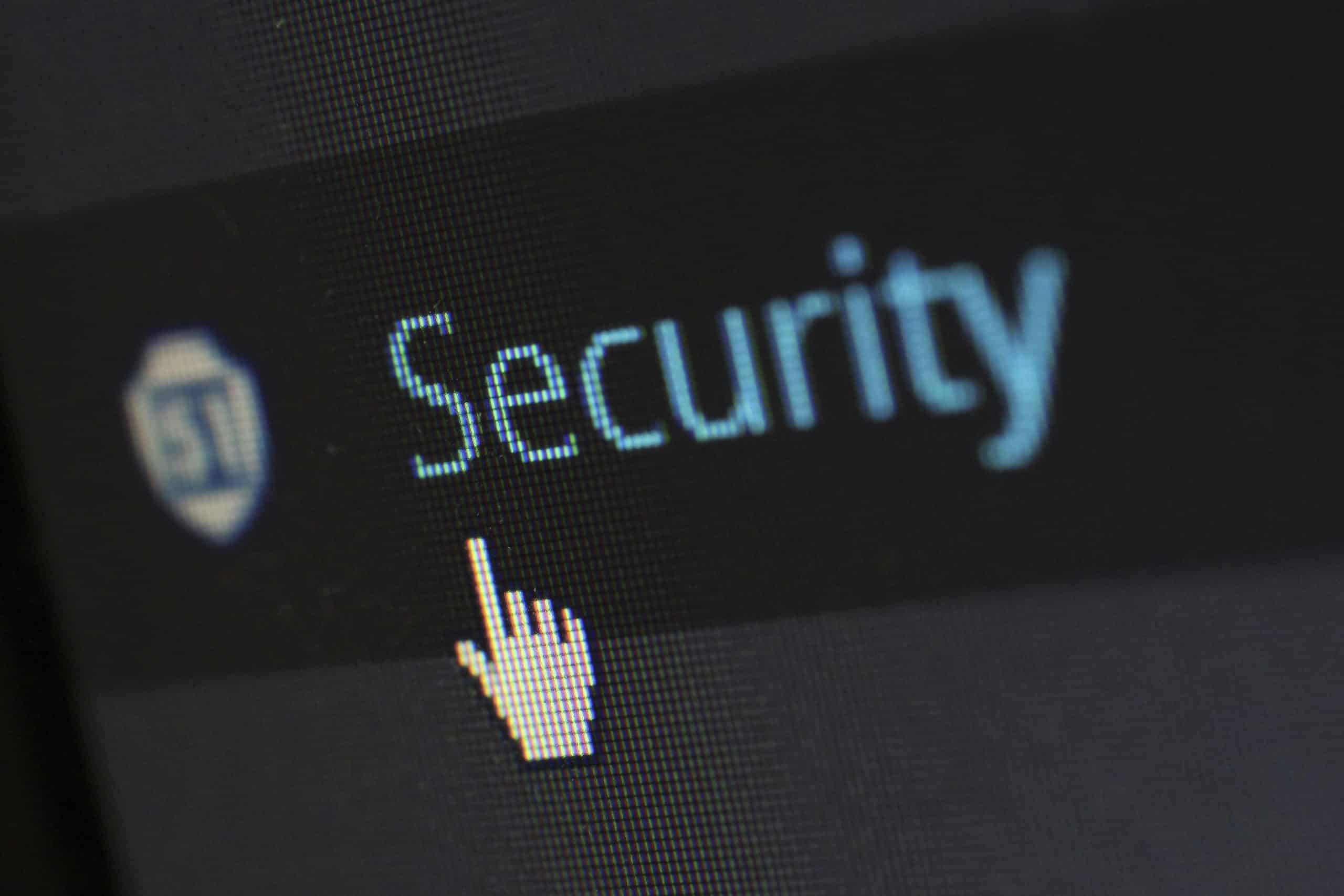In today’s digital age, securing your WordPress website should be a top priority. Hackers and malicious traffic are constants threats that can compromise your data and your users’ experience. Using Cloudflare is a powerful way to enhance your website’s security and performance. In this guide, we will walk you through the steps to safeguard your WordPress site with Cloudflare, covering crucial aspects like DNS settings, firewall rules, SSL certificates, and more.
Setting Up Your Cloudflare Account
To start securing your WordPress website with Cloudflare, you first need to set up a Cloudflare account. Sign up on Cloudflare’s website if you don’t already have an account.
A découvrir également : What techniques can be used to enhance the performance of a Vue.js application?
Cloudflare offers a free plan that’s sufficient for most small to medium-sized websites. Once you’ve created your account and logged in, the first step is to add your domain.
Adding Your Domain to Cloudflare
- Click the ‘Add Site’ button on your dashboard.
- Enter your domain name and click ‘Add Site’.
- Choose a plan that fits your needs. For many, the free plan suffices.
After selecting your plan, Cloudflare will scan your existing DNS records. DNS records direct traffic to your website, so it’s important to ensure they’re accurate. Verify that all your DNS records have been detected correctly.
A lire aussi : How do you implement a centralized logging system using Fluentd?
Updating Your DNS Records
Next, you’ll need to update your DNS settings with your domain registrar. Cloudflare will provide you with two nameservers to replace your current ones. This step is crucial as it directs all traffic through Cloudflare, allowing it to manage your site’s security and performance.
- Log in to your domain registrar.
- Find the DNS settings page.
- Replace the existing nameservers with the ones provided by Cloudflare.
- Save your changes.
By doing this, you’re routing your domain’s traffic through Cloudflare’s network, which will help in filtering malicious traffic and improving your site’s content delivery speed.
Configuring Cloudflare Settings
With your DNS updated, the next step is configuring your Cloudflare settings to optimize both security and performance.
Enabling SSL
One of the first configurations you should activate is SSL (Secure Sockets Layer). An SSL certificate encrypts the data transferred between your server and your users’ browsers, protecting sensitive information.
- Navigate to the SSL/TLS tab in your Cloudflare dashboard.
- Set the SSL mode to ‘Full’ or ‘Full (Strict)’ for the highest level of security.
- Cloudflare will automatically issue an SSL certificate for your domain. This process can take a few minutes.
Optimize Performance with Cloudflare CDN
Cloudflare CDN (Content Delivery Network) can significantly enhance your site’s speed by caching your content across multiple global servers. This means that visitors will access your site from the server closest to them, reducing load times and improving user experience.
- Go to the ‘Speed’ section of your Cloudflare dashboard.
- Enable ‘Auto Minify’ to reduce the size of your CSS, JavaScript, and HTML files.
- Turn on the ‘Rocket Loader’ feature to improve page load times by optimizing the way your site loads JavaScript.
Setting Up Page Rules
Page rules in Cloudflare allow you to fine-tune how traffic is handled for specific URI paths on your site. This is particularly useful for securing sensitive areas like the WordPress admin panel.
- In the ‘Rules’ section, click ‘Create Page Rule’.
- Enter the URL pattern you want to target. For example,
*yourdomain.com/wp-admin/*. - Set the desired settings for this URL pattern, such as ‘Cache Level: Bypass’ to ensure admin pages aren’t cached and always display the latest data.
- Click ‘Save and Deploy’.
Setting up page rules ensures that different parts of your site are handled according to their specific needs, enhancing both security and performance.
Strengthening Security with Cloudflare Firewall
Cloudflare firewall is a critical component in protecting your WordPress site from malicious attacks. By setting up firewall rules, you can control who has access to your site and what kind of traffic is allowed.
Creating Firewall Rules
- Navigate to the ‘Firewall’ section in your Cloudflare dashboard.
- Click ‘Firewall Rules’, then ‘Create a Firewall Rule’.
- Define the rule using a combination of conditions and actions. For example:
- Condition: If the ‘URI Path’ contains
/wp-login.php - Action: ‘Challenge’ or ‘Block’ to prevent unauthorized access to your login page.
- Condition: If the ‘URI Path’ contains
- Name your rule and click ‘Deploy’.
Using the Web Application Firewall (WAF)
Cloudflare’s Web Application Firewall (WAF) provides an additional layer of protection against common threats like SQL injection and cross-site scripting (XSS).
- Enable WAF in the ‘Security’ section of your dashboard.
- Use pre-configured rulesets to protect against common vulnerabilities. Cloudflare offers a comprehensive OWASP ruleset that’s ideal for most WordPress websites.
- Periodically review and update your WAF rules to stay ahead of emerging threats.
Rate Limiting
To protect your site from DDoS attacks and excessive bot traffic, you can set up rate limiting.
- In the ‘Firewall’ section, click ‘Tools’ then ‘Rate Limiting’.
- Create a new rate limiting rule. For example, you might limit the number of login attempts to prevent brute force attacks.
- Define the action if the rate limit is exceeded, such as ‘Simulate’ or ‘Block’.
By implementing these firewall rules, you significantly reduce the risk of your WordPress site being compromised by malicious traffic.
Managing Traffic and Monitoring Security
After setting up your initial configurations, it’s essential to continuously monitor and manage your traffic to ensure ongoing security and performance.
Analyzing Traffic
Cloudflare provides comprehensive analytics that offer insights into your website’s traffic patterns. By regularly reviewing these analytics, you can identify suspicious activities and take proactive measures.
- Go to the ‘Analytics’ section of your Cloudflare dashboard.
- Review metrics such as request volume, bandwidth usage, and threat analysis.
- Look for unusual spikes in traffic or requests that could indicate an attack.
Setting Up Alerts
To stay informed of potential issues, set up email alerts for critical events.
- In the ‘Notifications’ section, configure alerts for various events like DNS changes, SSL certificate updates, and firewall events.
- Ensure that the alerts are sent to an email address that is monitored regularly.
Using API Key for Automation
For advanced users, Cloudflare provides an API key that allows for the automation of many security and performance tasks. This is particularly useful for integrating Cloudflare with other tools and platforms.
- Find your API key in the ‘API’ section of your Cloudflare dashboard.
- Use the API key to automate tasks such as DNS updates, firewall rule management, and analytics reporting.
Regularly Updating Cloudflare Settings
Cyber threats evolve, and so should your Cloudflare settings. Regularly review and update your configuration to ensure it remains effective against the latest threats.
- Check for updates and new features in the Cloudflare dashboard.
- Adjust your settings as needed to maintain optimal security and performance.
By continually managing and monitoring your traffic, you ensure that your WordPress site remains secure and performs well.
In conclusion, securing your WordPress website using Cloudflare involves several key steps, from setting up your Cloudflare account and updating your DNS records to configuring SSL, optimizing performance, and creating robust firewall rules. By taking these measures, you can significantly enhance your site’s security and ensure a smooth, fast experience for your users.
Remember, security is not a one-time task but an ongoing process. Regularly monitor your traffic, update your settings, and stay informed about new threats and solutions. With Cloudflare, you have a comprehensive toolset at your disposal to keep your WordPress site secure and performant.
By following this guide, you will be well on your way to creating a safer, more reliable online presence for your WordPress site.











